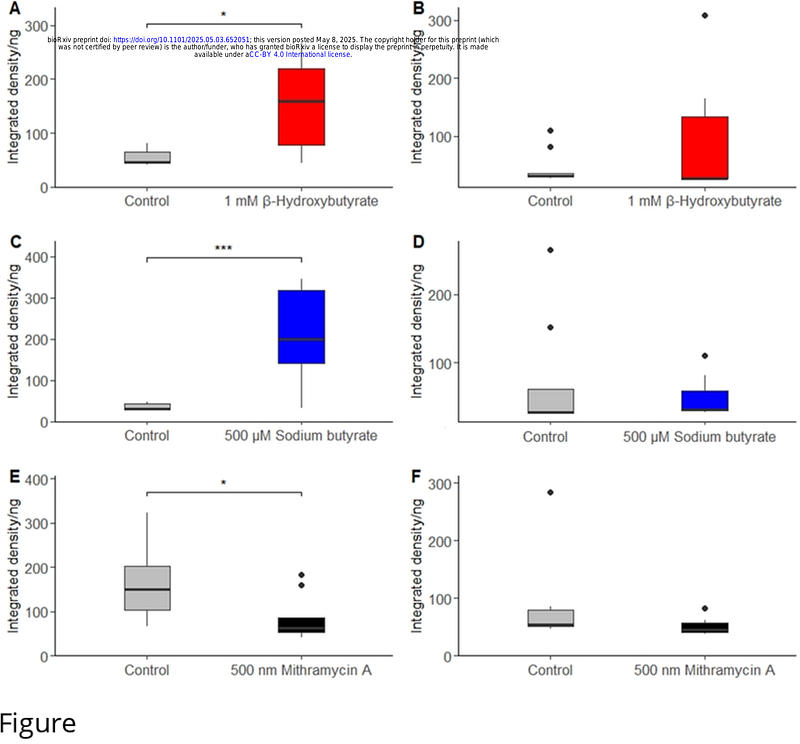Impact of inhibitors of histone post-translational modifications on lifespan, reproduction, and stress response in the rotifer Brachionus manjavacas

Impact of inhibitors of histone post-translational modifications on lifespan, reproduction, and stress response in the rotifer Brachionus manjavacas
Luviano Aparicio, N.; Dryburgh, M.; McMaken, C. M.; Liguori, A.; Gribble, K. E.
AbstractEpigenetic modifications, including histone post-translational modifications, are central drivers of age-associated structural and functional changes in the genome, influencing gene expression and cellular resilience. Our objective was to determine the effects of inhibiting histone deacetylases (HDACs) and the histone methyltransferase SETDB1 on lifespan, reproduction, and stress response in the rotifer Brachionus manjavacas, a model organism for aging studies. We exposed rotifers to three pharmaceutical compounds, including the HDAC inhibitors {beta}-hydroxybutyrate and sodium butyrate and the SETDB1 inhibitor mithramycin A. We quantified changes in the global histone modification levels by immunoblotting, and measured lifespan, reproduction, and heat stress resistance in the drug-treated rotifers relative to a control. Global histone acetylation levels increase with {beta}-hydroxybutyrate and sodium butyrate treatments. Histone 3 K9 trimethylation (H3K9me3) levels were reduced by treatment with mithramycin A. {beta}-hydroxybutyrate significantly extended lifespan without significantly modifying heat stress resistance. In contrast, mithramycin A increased lifespan and enhanced heat stress tolerance, demonstrating a dual protective effect. Sodium butyrate specifically improved heat stress resistance without affecting overall lifespan. Importantly, none of the three treatments had a significant impact on lifetime reproduction. These findings provide insights into the role of histone modifications in aging and suggest potential interventions targeting epigenetic marks to promote longevity and resilience.